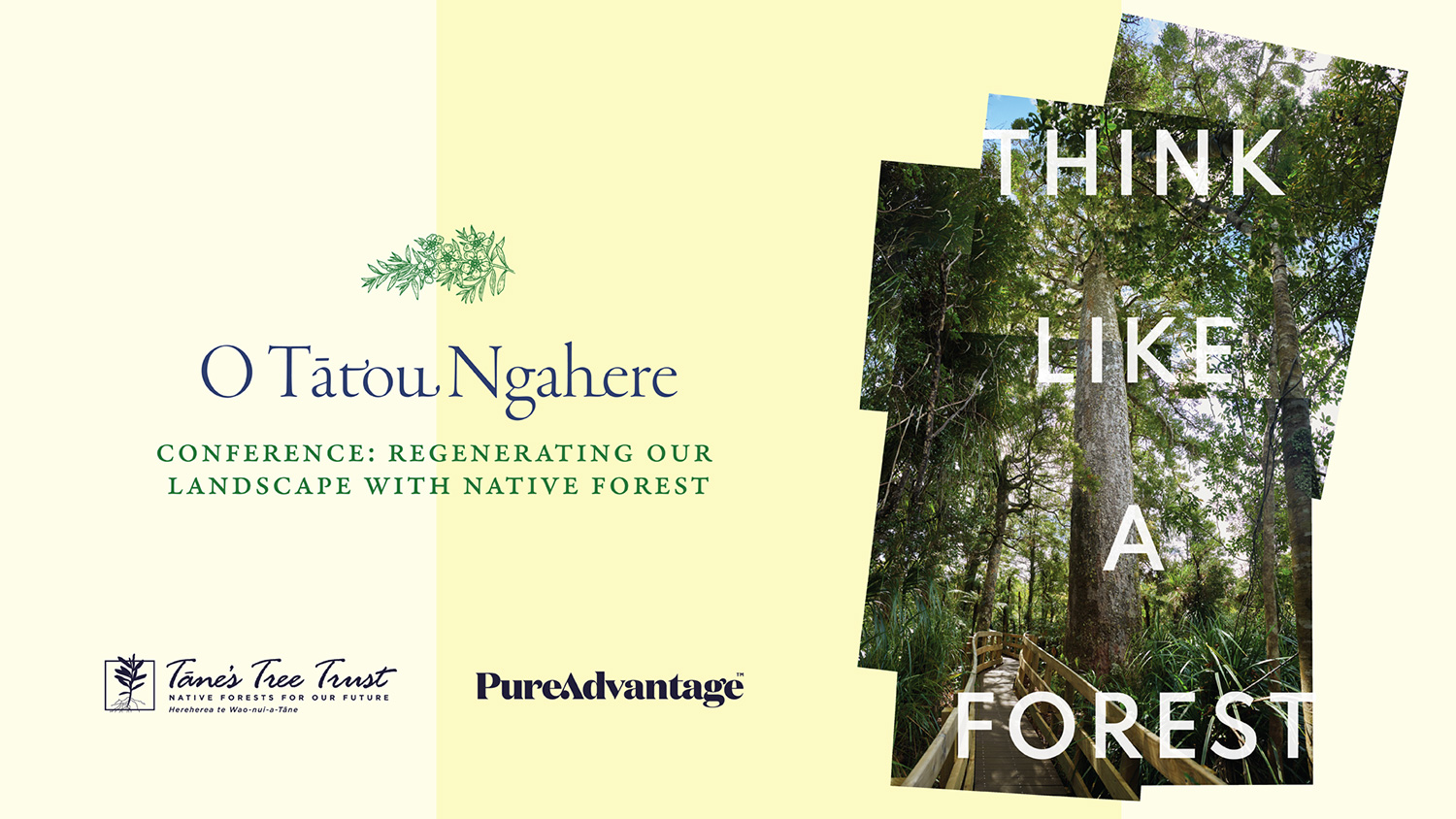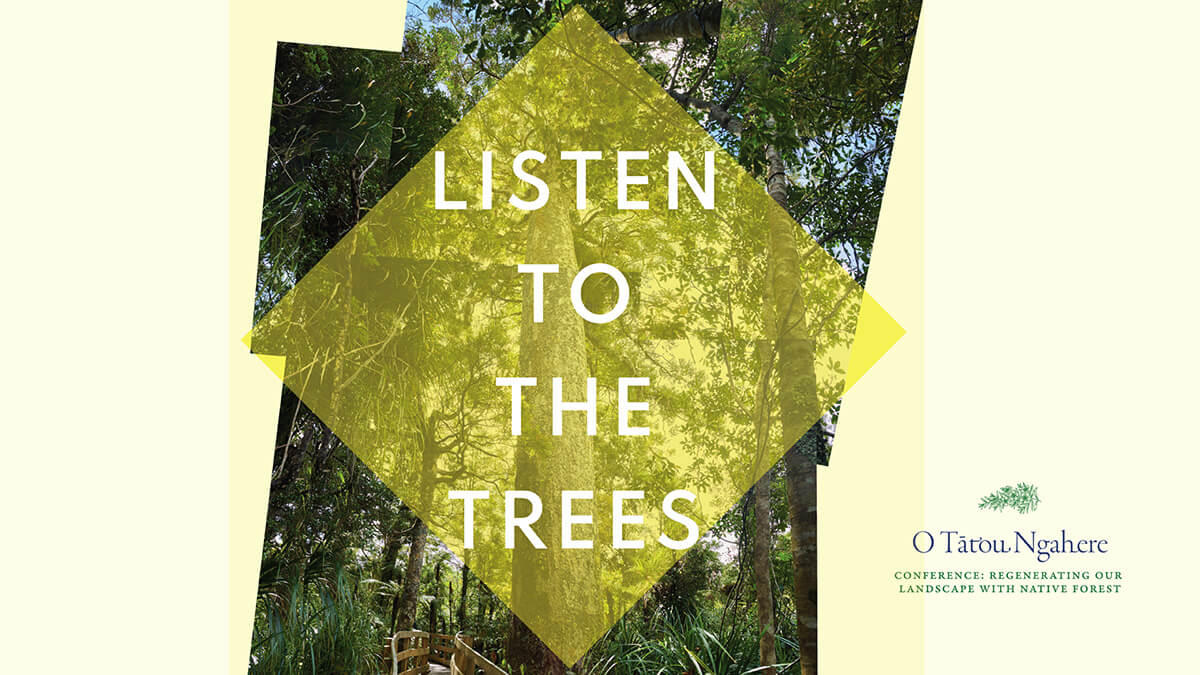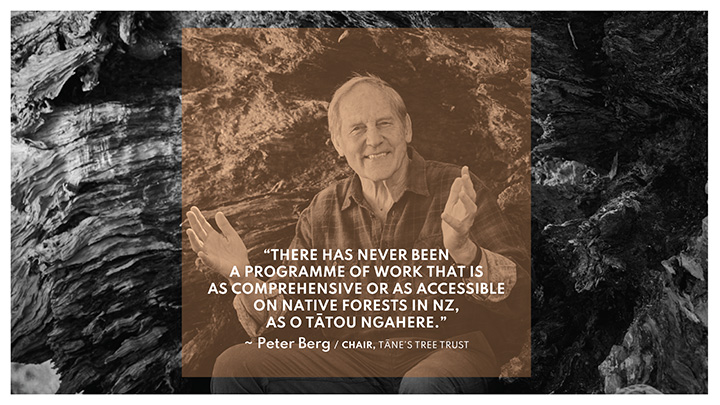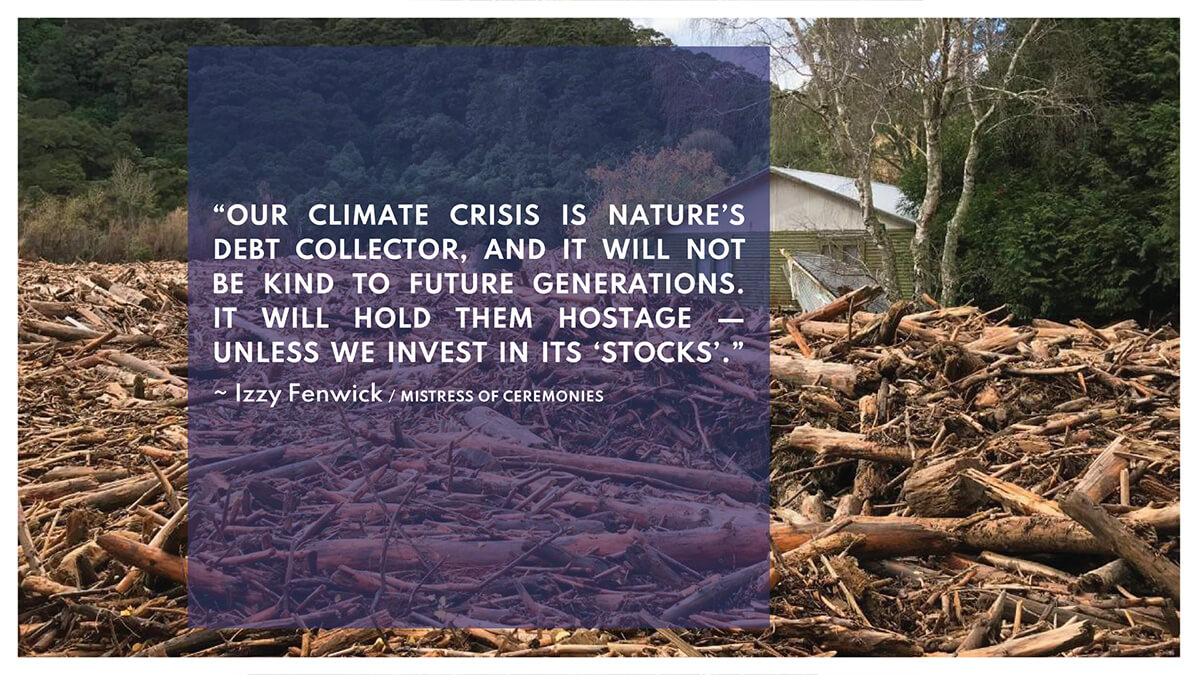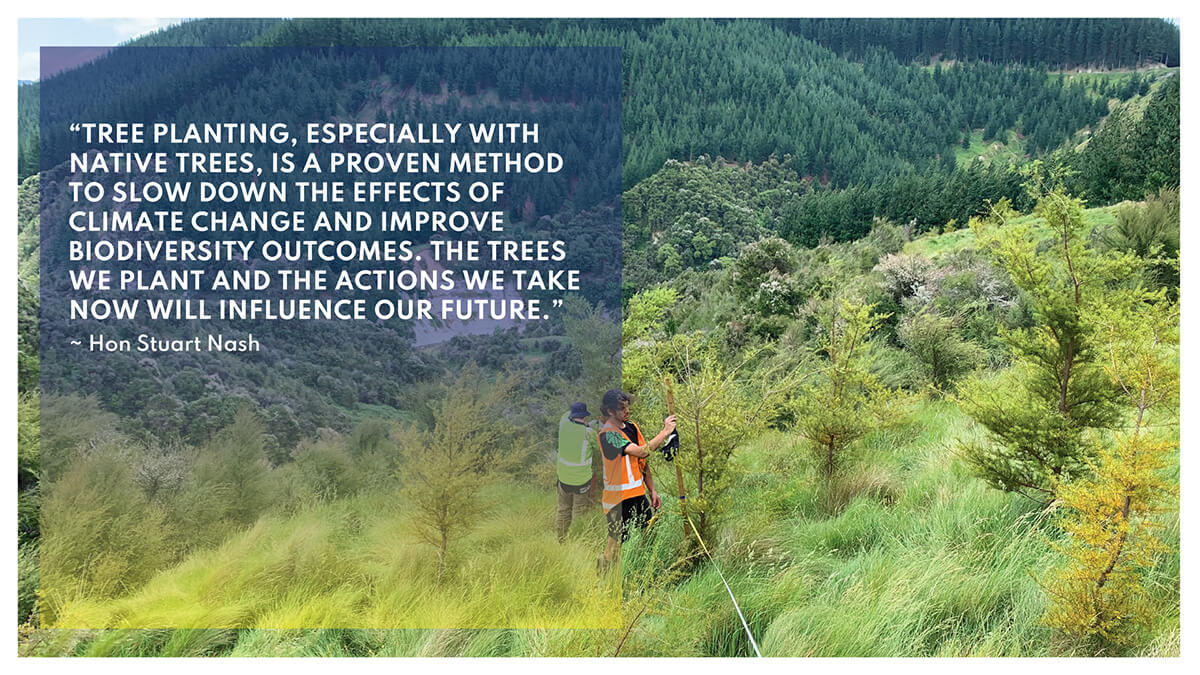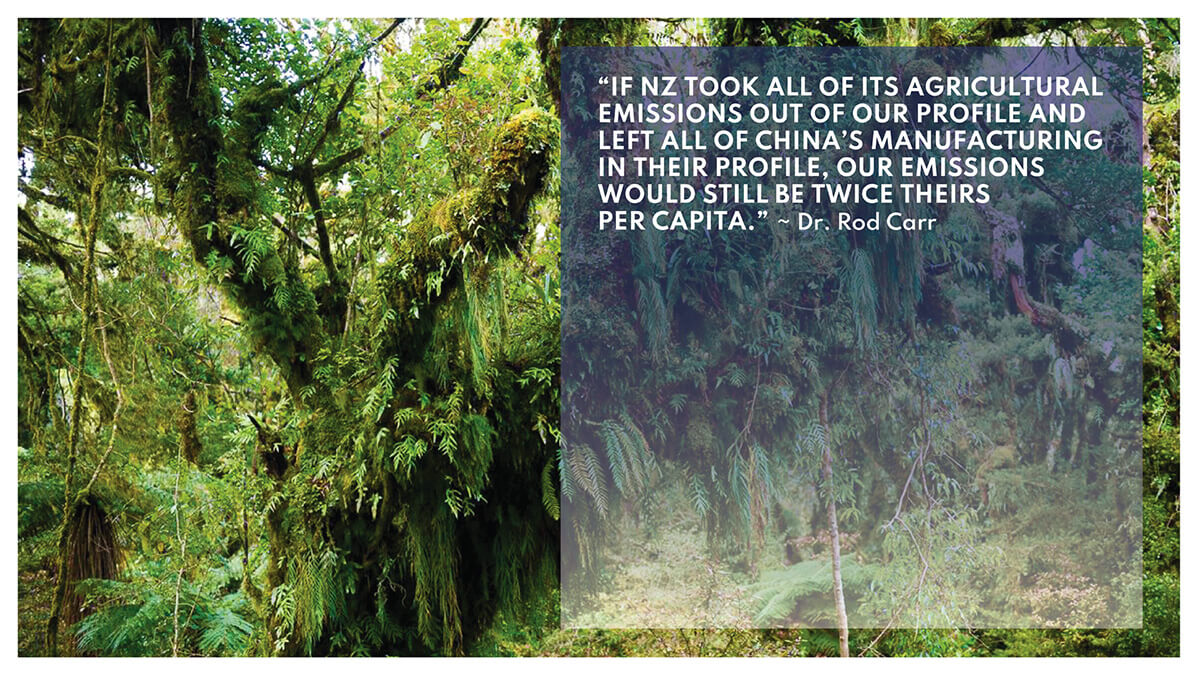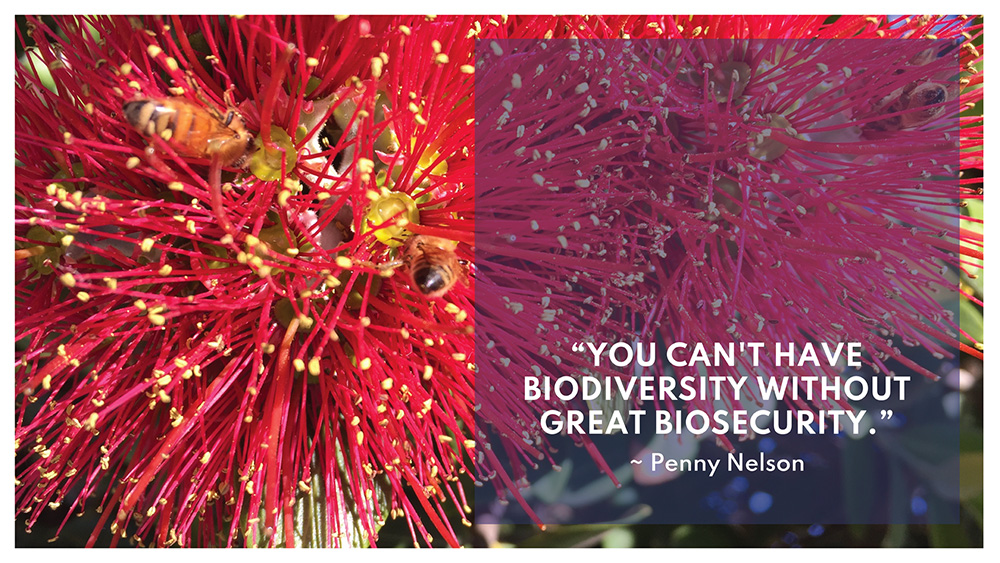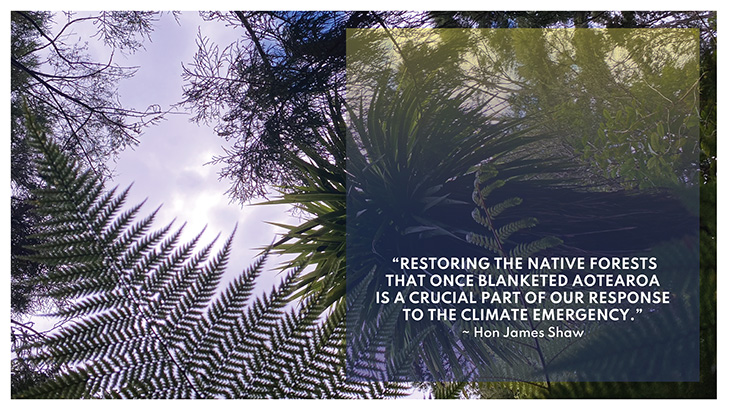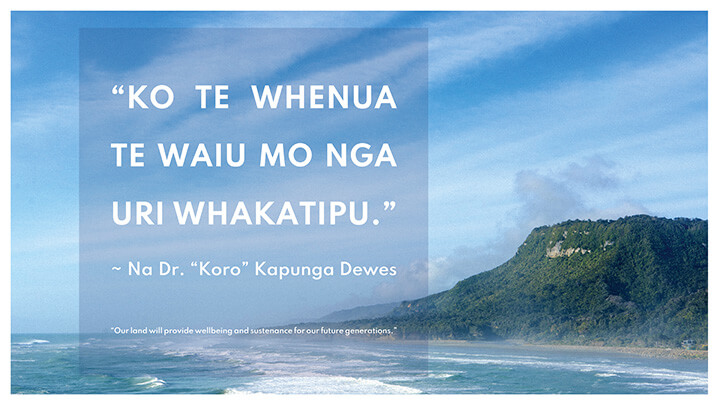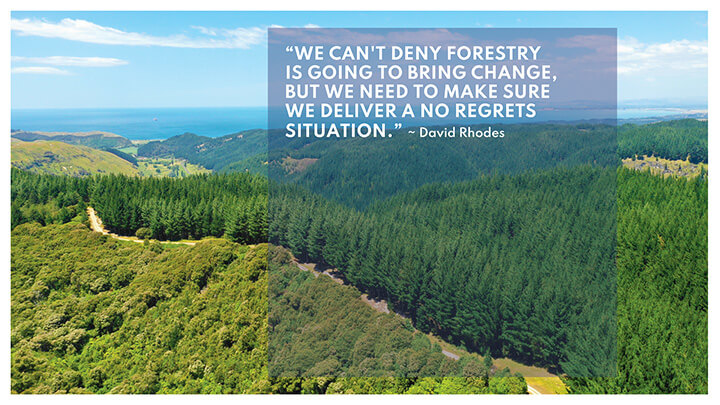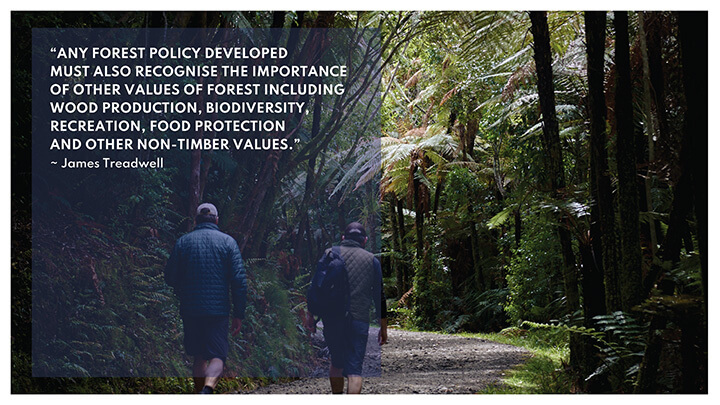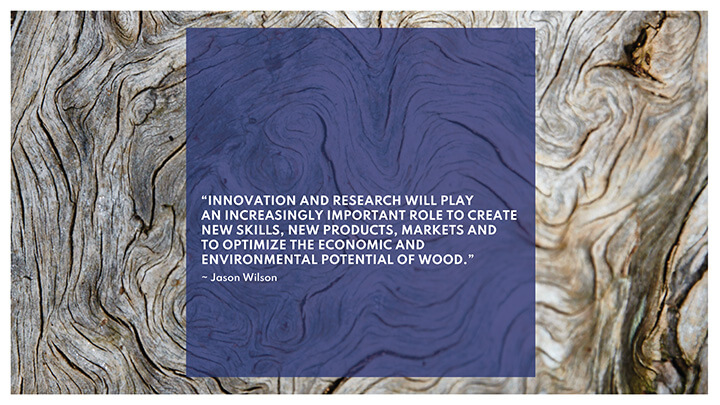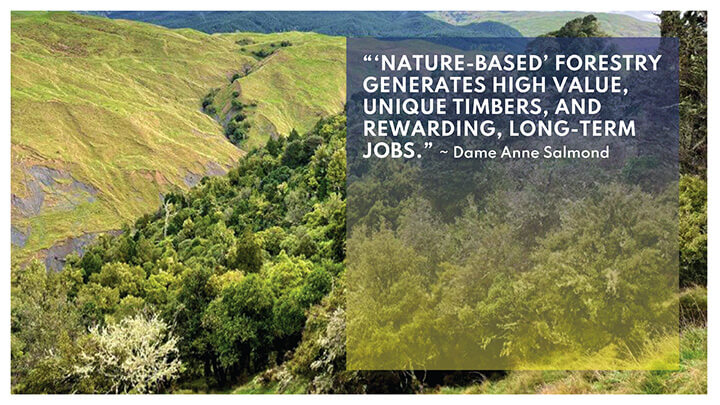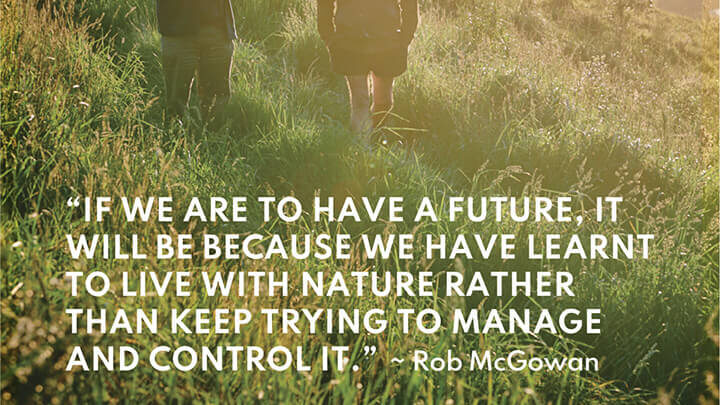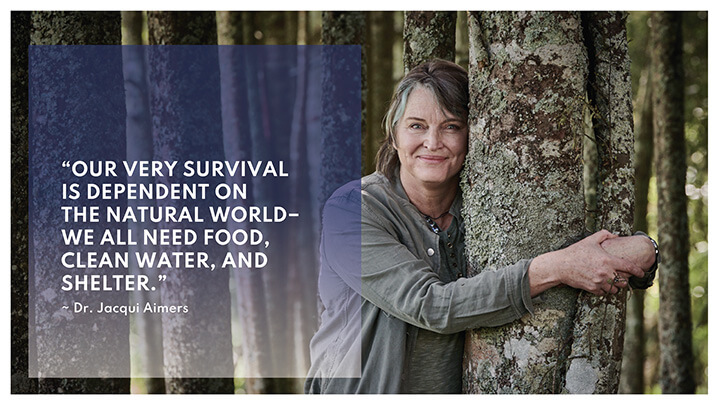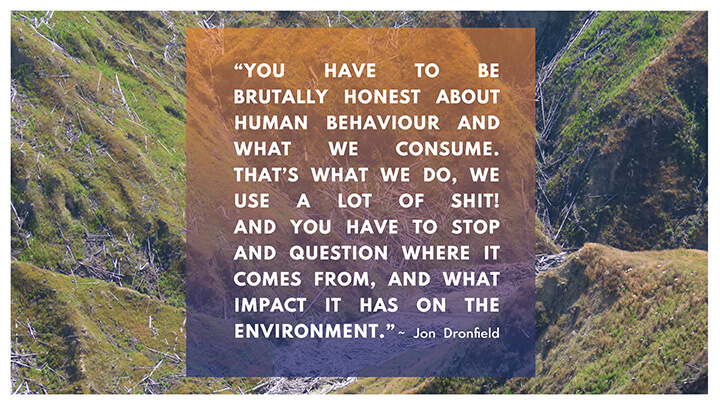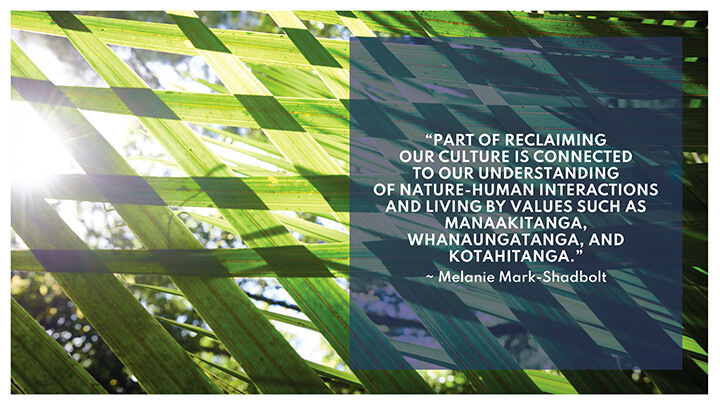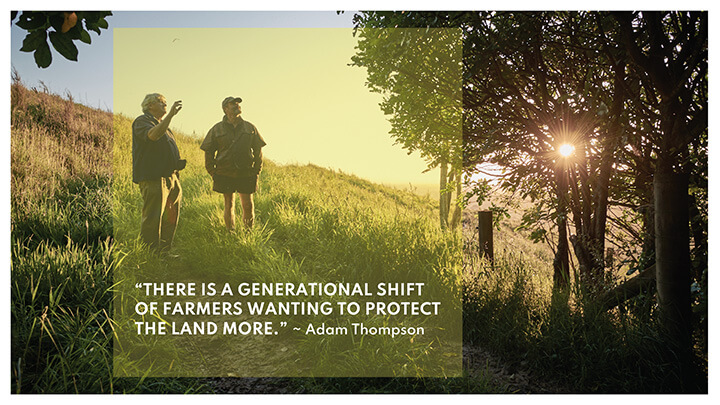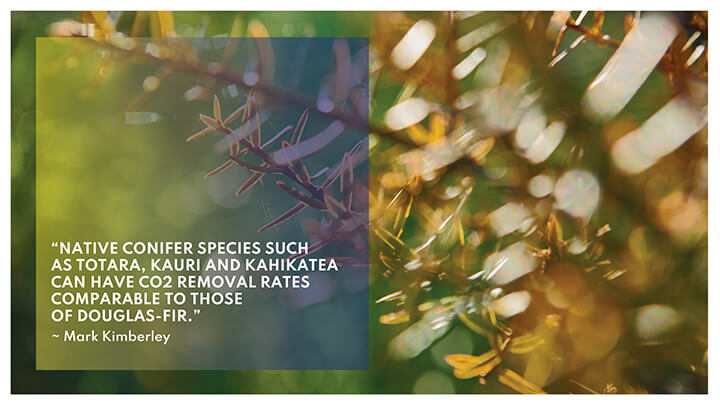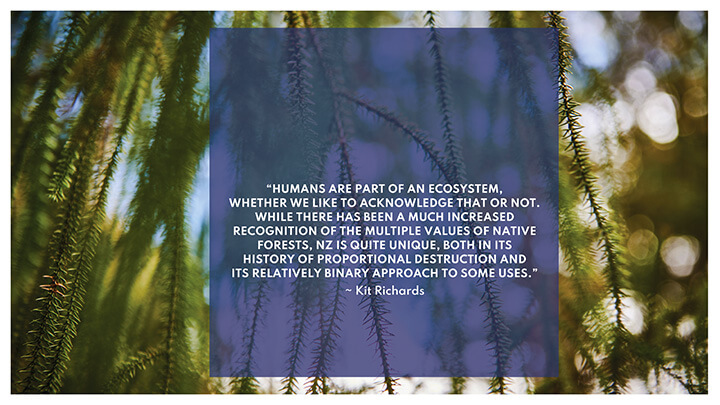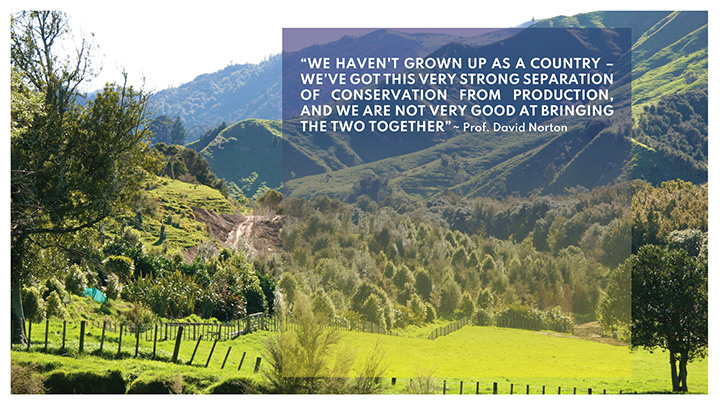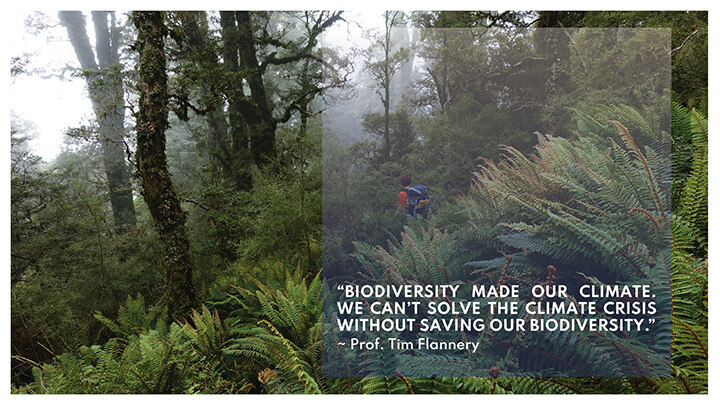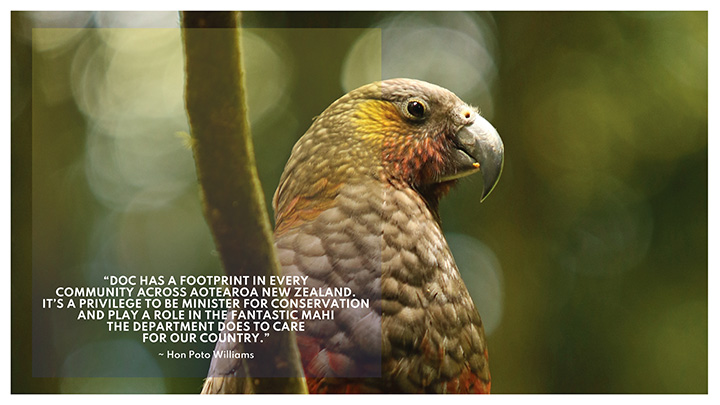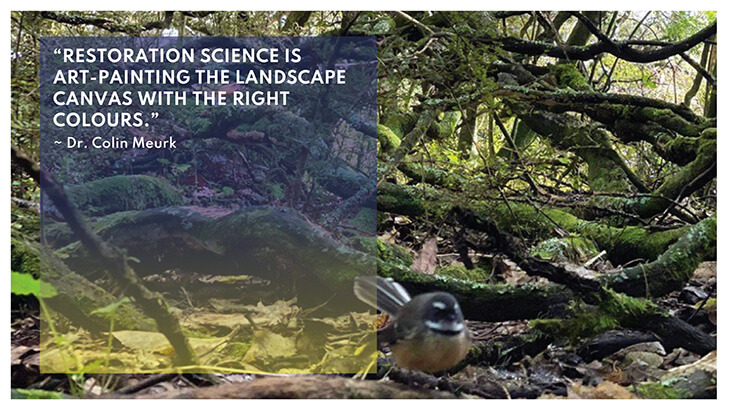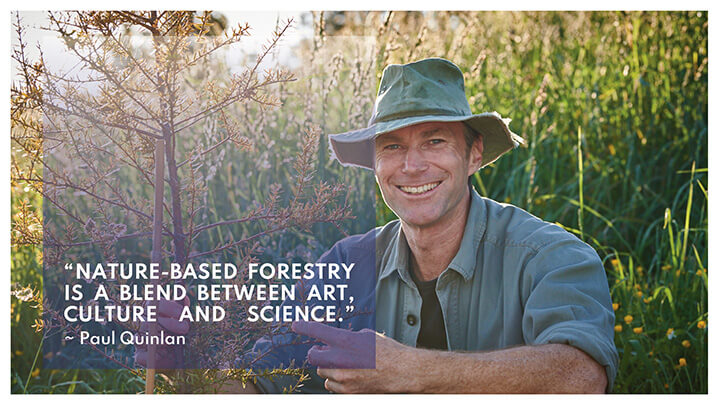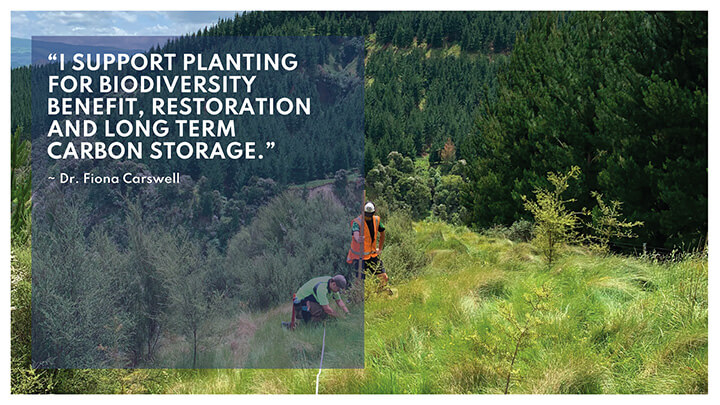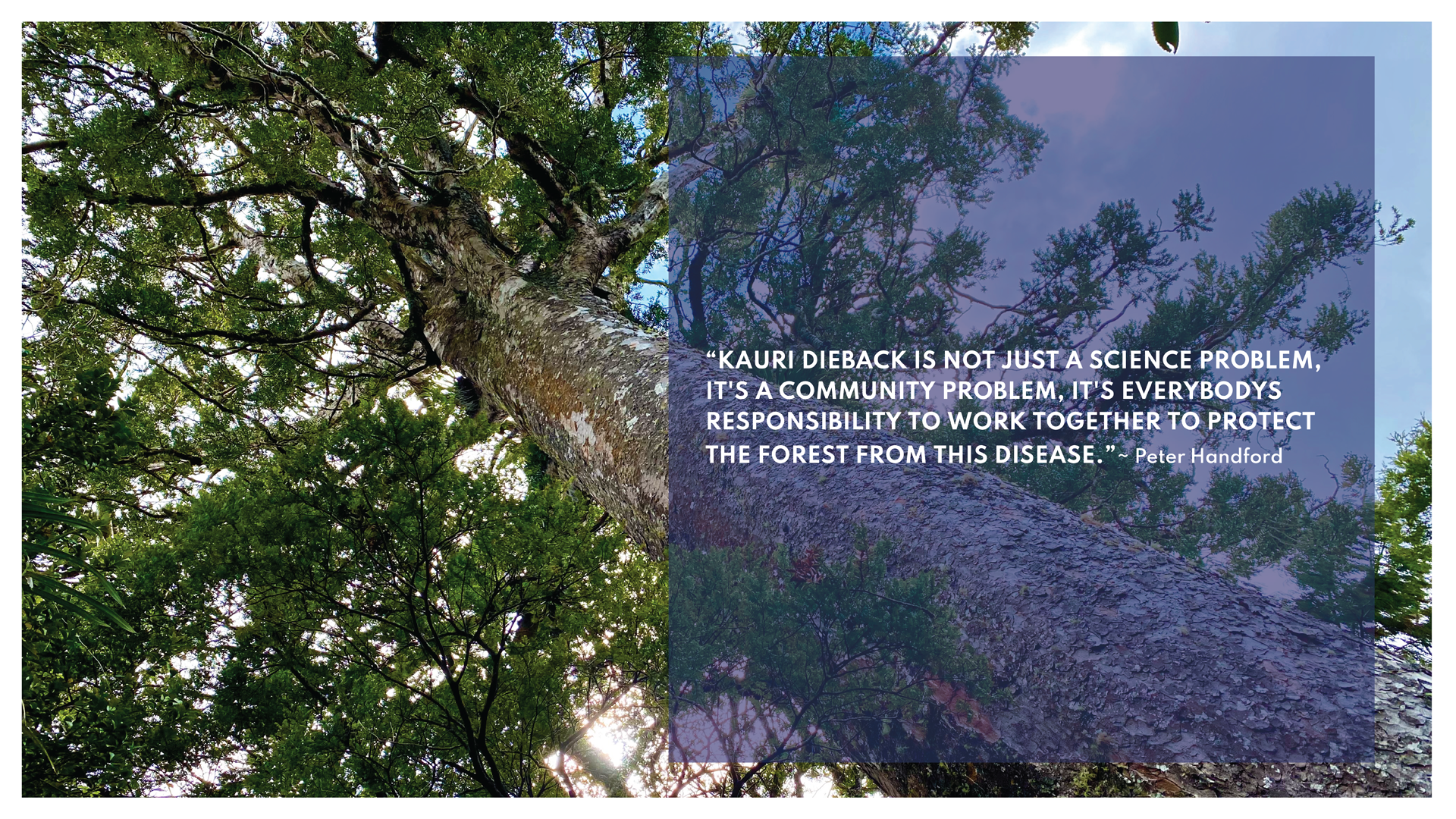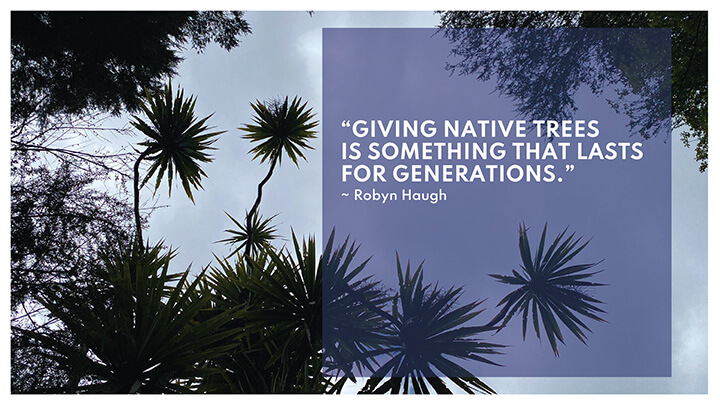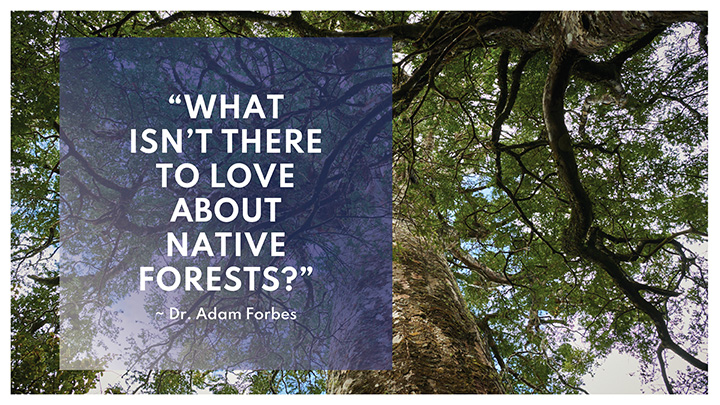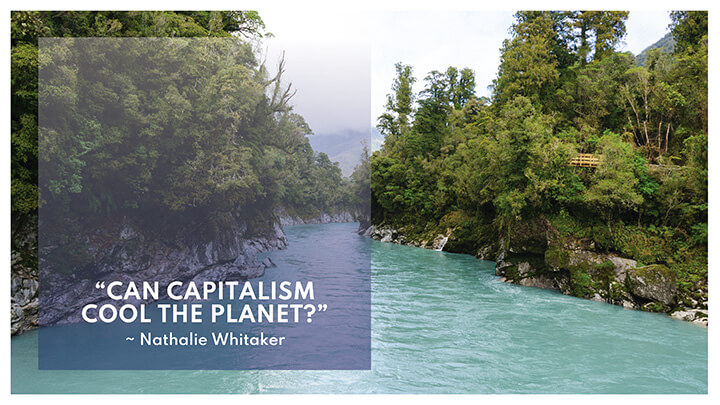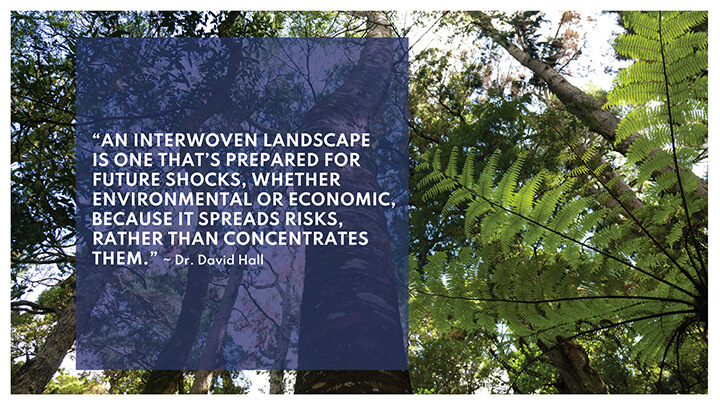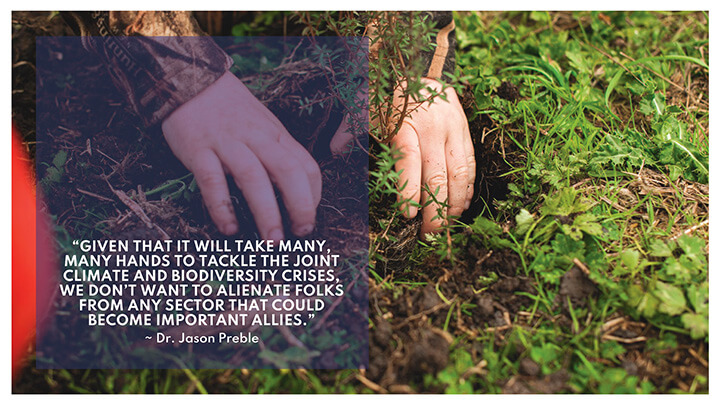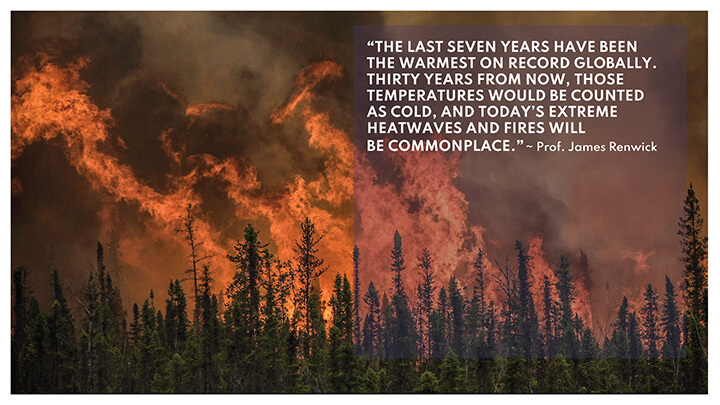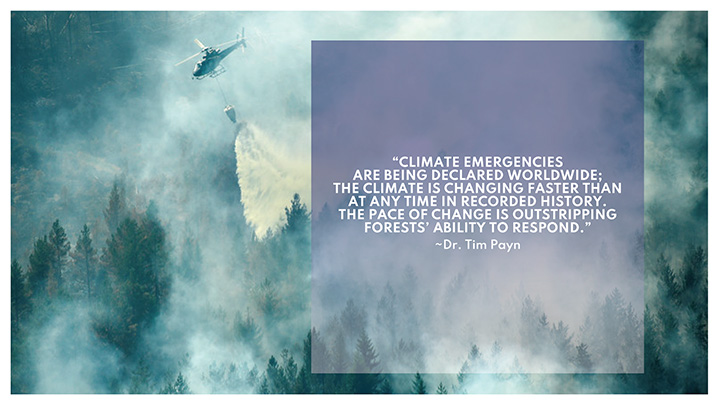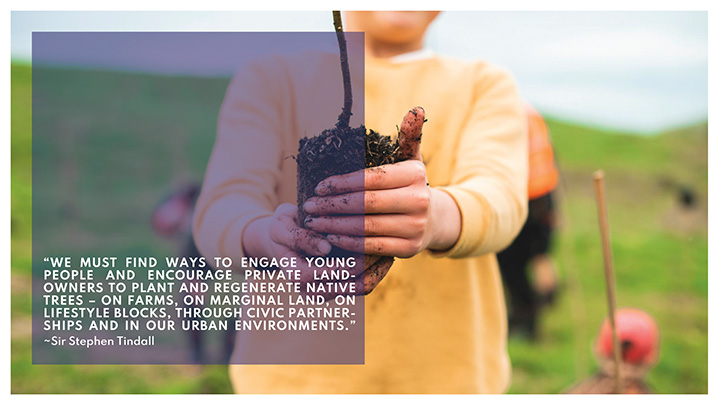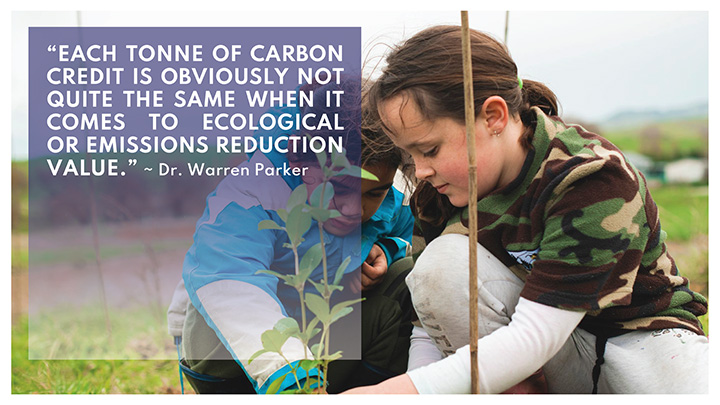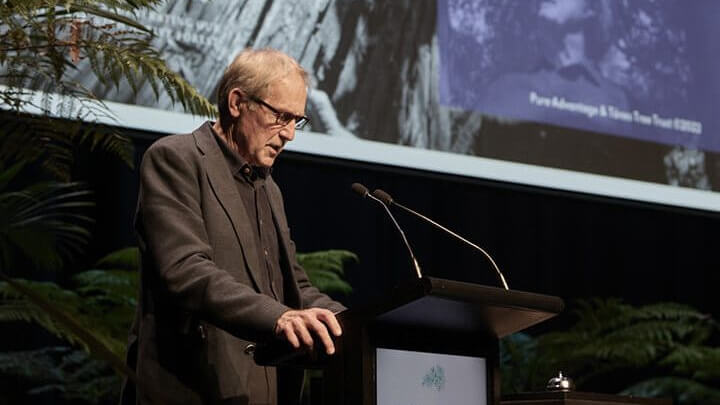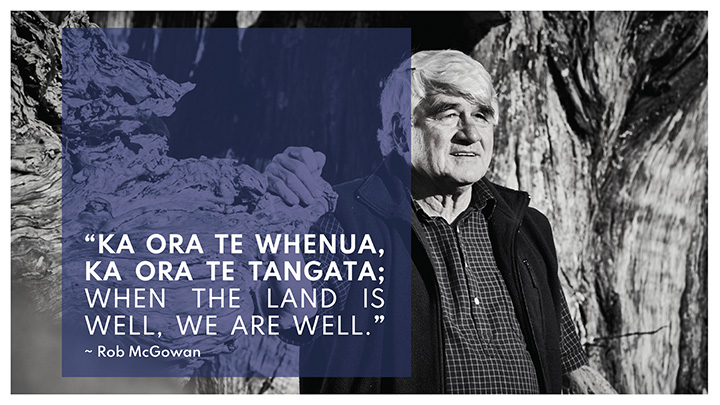CONFERENCE: REGENERATING OUR LANDSCAPE WITH NATIVE FOREST
O Tātou Ngahere was Aotearoa New Zealand’s largest forestry conference to date, and our biggest gathering focused on indigenous forests. Over 1,000 people participated in the conference including many farm catchment group leaders, Maori, scientists, academics, government officials, practitioners, and 33 schools – reflecting both concern over the perilous situation and enthusiasm for native afforestation to address the pressing existential crises we are facing.
The audience was inspired to learn more about the WHY and HOW of native forest regeneration and management.
Many speakers highlighted the need to urgently recalibrate our policy settings to incentivise the protection of existing native forests, and the establishment of new indigenous forests.
The Sessions were full of extraordinary content and are now freely available to you. Please enjoy, share and let us know what you think…
Tāne’s Tree Trust, in partnership with Pure Advantage, would like to thank everyone involved, in particular the speakers and sponsors who joined the endeavour.
Conference highlights
Introduction
Mihi whakatau by Kaanihi Butler-Hare on behalf of Te Rūnanganui o Te Āti Awa ki te Upoko o Te Ika a Māui
Peter Berg ONZM, Chairperson of Tāne’s Tree Trust: conference opening
Izzy Fenwick, Founder of Fenwick Group and Mistress of Ceremonies: conference opening
Hon Stuart Nash, Minister for Economic and Regional Development, Small Business, Forestry, and Tourism: Securing Aotearoa New Zealand’s future through native afforestation
Dr. Rod Carr, Chairperson of He Pou a Rangi, Climate Change Commission: Advice on the role of forestry
Penny Nelson, Director General, Department of Conservation: Te Mana o te Taiao – when nature is thriving
“Moist temperate forests like New Zealand’s store more carbon than any other forest types, including tropical rainforest. The high carbon capture and storage potential of native forests allows New Zealand, despite its limited land area, to sequester enormous volumes of carbon in a cost effective manner. In international negotiations, this will be viewed as a valuable contribution.”
~ Prof. Tim Flannery
Session One:
Our place in the landscape – unlocking the narrative
Our native forests have been here forever – and certainly for 80 million years since Aotearoa New Zealand separated from Gondwanaland. They’re taonga, unique, adapted, and give our country much of its special character. So why do they feature so lightly in our land-use planning? Session one focuses on the forests – what they are, where they are, how they contribute to our national identity, their issues and potential, what’s holding us back and where they could contribute more.
Hon James Shaw, Minister of Climate Change & Assoc. Minister for the Environment: The ETS and biodiversity incentives
Te Kapunga Dewes, Te To (CEO) o Whenua Oho Limited: A Māori Perspective – Why we want native afforestation; and will fight for exotics in the ETS
David Rhodes, CEO of NZ Forest Owners Association: Private sector reflections on native forest regeneration
James Treadwell, CEO of NZ Institute of Forestry (presented by Jack Palmer): Our place in the landscape – a professional foresters view
Jason Wilson, CEO of Te Uru Rākau, Ministry of Primary Industries: Addressing barriers to support native afforestation
Session Two:
Why native forests are worth fighting for – their many benefits
It’s said that if forests were discovered today we would marvel at their ability to contribute so much to our lives, our environment and our economy. Many of these values are unrecognised and unsocialized or at best taken for granted, yet they continue to freely contribute to our needs, wellness, tranquillity and most of all to a better future than we could ever achieve without them. Session two looks at these values from a range of perspectives and demonstrates just how important these benefits are.
Dame Anne Salmond, Distinguished Professor, University of Auckland: O Tātou Ngahere – looking back, looking forward
Rob McGowan, Tāne’s Tree Trust: Restoring the kakahu (cloak) of Papatūānuku
Dr. Jacqui Aimers, Forestry Scientist, Tāne’s Tree Trust: Valuing the Invaluable – Why native trees are worth fighting for
Jon Dronfield, Tāne’s Tree Trust: Is there a need for an indigenous timber industry?
Melanie Mark-Shadbolt, Board Trustee, Trees that Count: A te ao Māori view on protecting our rākau rangatira and ngāhere
Session Three:
Think like a forest – busting the myths
The common view is that native forests are slow growing, costly to establish and manage and that we don’t have the know-how or manpower anyway. Session three introduces new information and shares experiences about these matters to confirm this mythology belongs in the past and was promoted by those with a different agenda. New data and practices suggest native forests are just as important and relevant as many alternative land-uses and should be part of day-to-day thinking about our landscapes.
Adam Thompson, Founder Restore Native: Scaling the indigenous nursery sector from Te Miro
Mark Kimberley, Dr. David Bergin & Prof. Warwick Silvester, Tāne’s Tree Trust: Carbon Sequestration by Native Forest – setting the record straight
Kit Richards, NZ Institute of Forestry and Registered Forestry Consultant: Is larger scale management of secondary native forests a reality?
Farmer led panel: Native forest restoration & biodiversity management on farms;
Moderated by Emeritus Professor David Norton, Kura Ngahere, Ōtautahi with guests; Laura Watson (sheep & beef farmer, Gisborne), Sam Gibson (Landcare Trust officer, Tairawhiti), Matt Iremonger (sheep and beef farmer Banks Peninsula), Geoff Ross (high country farmer, Otago), Sandra Campbell (dairy farmer and Thriving Southland facilitator, south Otago/Southland)
Moderator David Norton
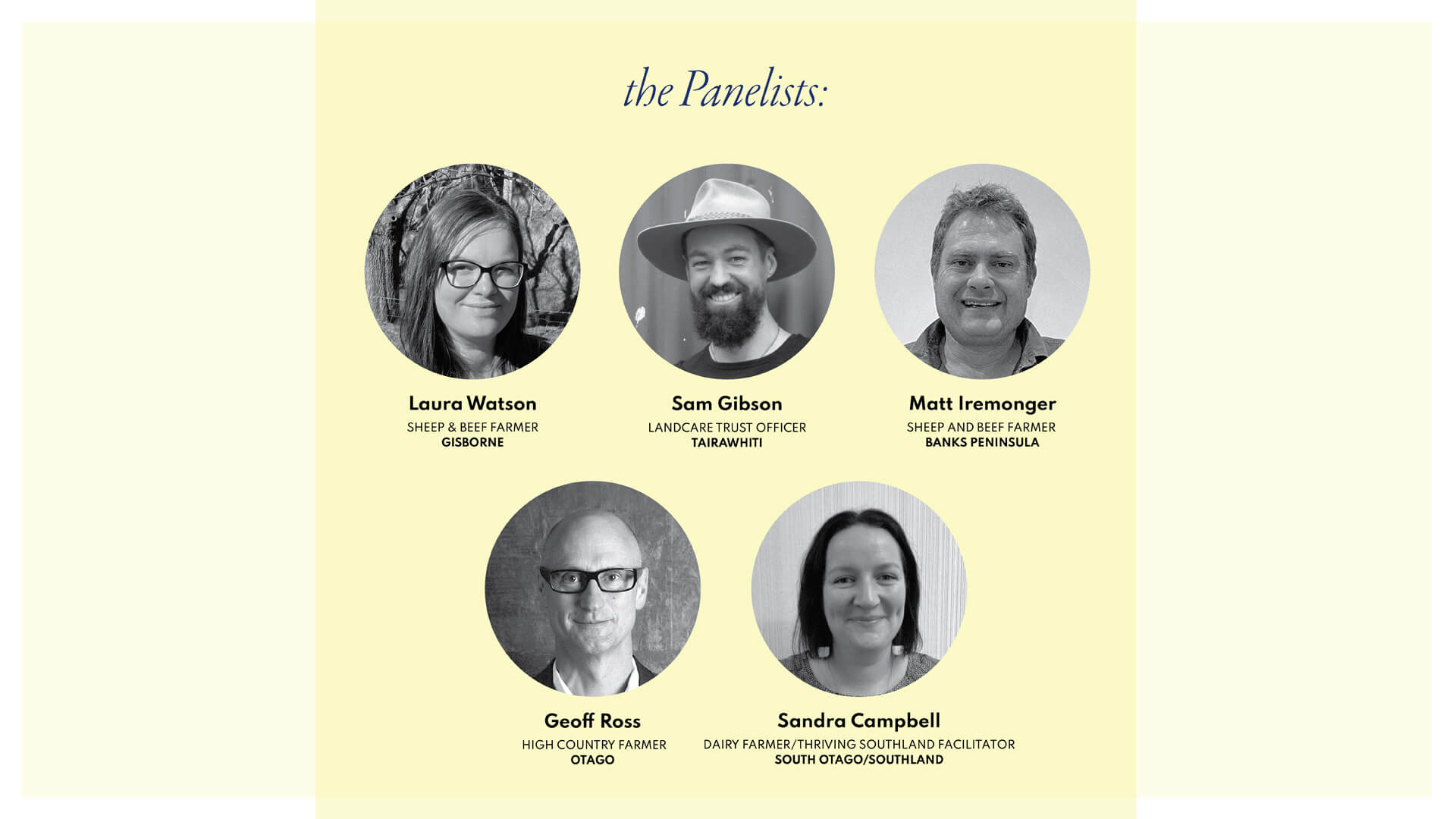
Keynote
Native forests and the cost of carbon – An opportunity for New Zealand
Renowned Scientist, Explorer and Conservationist Professor Tim Flannery, is one of Australia’s leading writers and communicators on climate change.
Tim is joined on stage for a robust post talk discussion by leading International and New Zealand businessman and Pure Advantage chair, Rob Morrison.
Session Four:
Envisioning the future
With everything we know, the final piece is taking action. Session four demonstrates how the future may be achieved, including some case studies from Aotearoa New Zealand and abroad about what is possible and some views on how to drive the necessary changes, and how to encourage all sectors of our communities to participate.
“The best time to plant a tree was 20 years ago, the second best time is today”
Hon Poto Williams, Minister of Conservation (presented by Stephanie Rowe, Deputy Director-General Biodiversity Dept. of Conservation): Our plan for biodiversity
Dr. Colin Meurk ONZM, Landscape Ecologist, Manaaki Whenua Landcare Research: Trees are budding actors on the cultural landscape stage in a play of processions, patches, and pests
Paul Quinlan, Landscape Architect, Tāne’s Tree Trust: The Northland tōtara opportunity
Dr. Fiona Carswell, Chief Scientist, Manaaki Whenua Landcare Research: Natural regeneration – enjoy the journey!
Peter Handford, Founder of Ground Truth (presented by Jean-Paul Praat): Native forest landscapes – practical pathways to the future
“One Generation Plants the Trees, and Another Gets the Shade”
Session Five:
Making it happen
What sort of forest future do we desire, and what role are native forests likely play? Who is responsible for our native forests, and what does taking responsibility for them look like? How can we cast the vision of native forests as more than conserved and protected entities, but as productive, thriving, economic and well-being boosters for our communities? Session five will examine how our native forests can shape Aotearoa’s future, including from the perspective of our rangatahi.
Rangatahi Panel: Let’s talk about the future; moderated by Robyn Haugh, CEO of Trees that Count with guests; Taylor Davies-Colley – TTC ambassador, botanist and Science Communicator, Sophie Handford – Kāpiti Council, Schools Strike 4 Climate Founder, Hallé Aish – Trees for Survival, environmental science student (Waikato University), Mikaere Berryman-Kamp – MPI, Whakairo and taonga pūoro Artist,. Natalia Dunbier – Biology, Agriculture and Horticulture Student (Waiuku High School), Rhiannon Mackie – United Nations Stockholm+50 delegate (Hutt Valley High School)
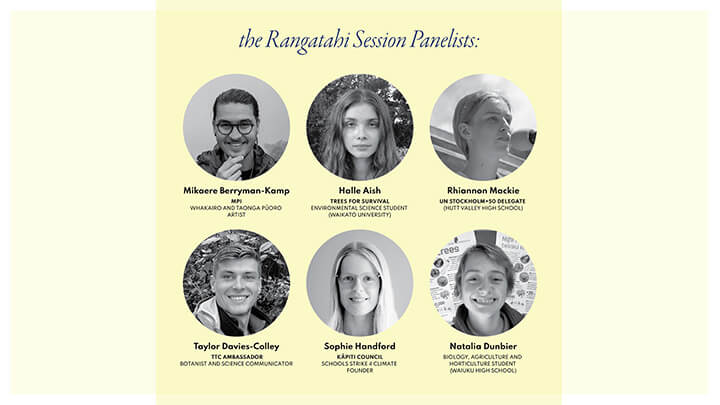
Dr. Adam Forbes, Restoration Ecologist, Forbes Ecology: Transitional Forestry – Where has it come from and where should it go?
Nathalie Whitaker, Founder Toha: Healing our markets with better facts
Dr. David Hall, Senior Lecturer at Auckland University of Technology (AUT) & Chair of the Vice-Chancellor’s Sustainability Steering Group: Making space for natives – a roadmap to investment-readiness
Dr. Jason Preble, Forestry Partnerships Lead, Terraformation Hawaii: From seeds to forests
Prof. James Renwick, Professor of Physical Geography and deputy head of the University of Wellington School of Geography, Environment and Earth Sciences: The impact of climate change on New Zealand forest
Dr. Tim Payn, Principal Scientist, Forest Ecology and Management, SCION: The impact of climate change on forests
Business led panel: What’s holding us back: Opportunities & challenges for more native forest; moderated by Sir Stephen Tindall with guests; Christina Hughes, Sustainability Manager at HRL Morrison & Co, Annabelle Chartres, Partner, Sustainability & Climate Change Leader at PwC, Ben Tyas, Forester, Environment Canterbury, Ian Brennan, Farmer, Cassie’s Farm Tāne’s Tree Trustee and Oliver Hendrickson, Director, Te Uru Rākau.
Moderator Sir Stephen Tindall
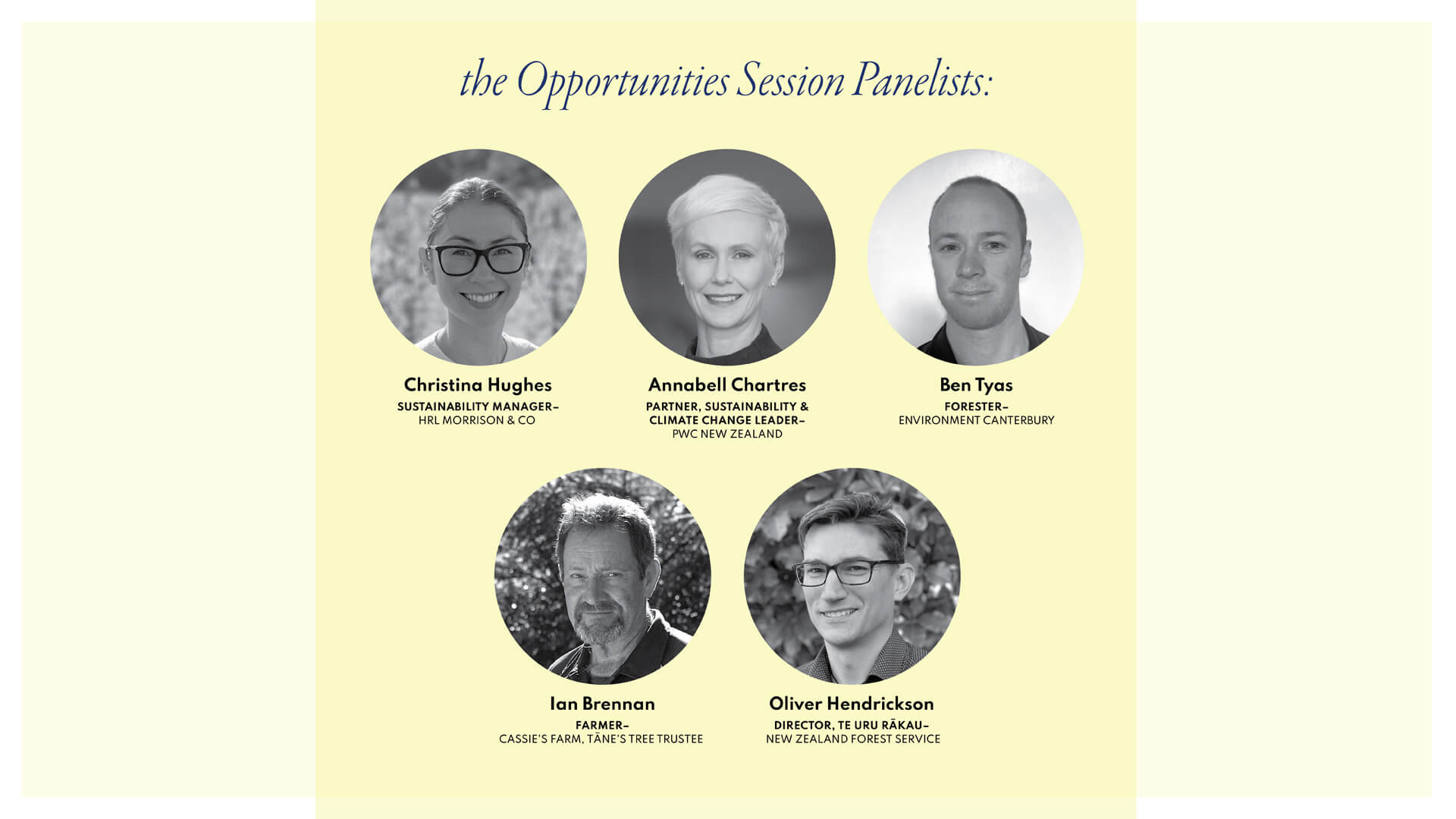
Dr. Warren Parker, Professional Director and chair Farm IQ Systems: Conference sum up & determination of next steps
Peter Berg ONZM, Chairperson of Tāne’s Tree Trust: conference closing
Rob McGowan, Tāne’s Tree Trust: closing in Te Reo
Original conference page with links to presentations approved for release by the presenter(s) here.

